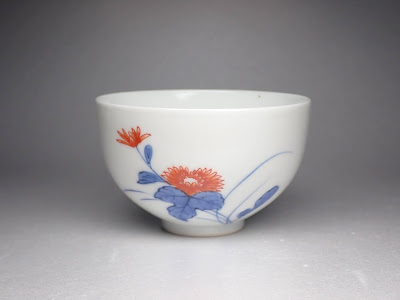國學院大學博物館 Kokugakuin University Museum

常設展示より、巨大な埴輪の数々。 Huge haniwa clay images from the permanent exhibition. 東京・渋谷にある 國學院大學博物館 にいってきた。古伊万里の詩文の猪口に端を発して、江戸期の庶民と漢詩との関わりに興味をもっていたところ、ちょうど「唐詩選」についての特別展示があるというので、小雨の中、表参道駅から歩いて向かった。 「唐詩選」の特別展関連の記事はこちら 。 この博物館の前身は大学が所有する考古学資料の陳列所だったらしく、とくに縄文時代から古墳時代の遺物の展示が充実している。照明が落とされた館内にさまざまな器物がライトアップされて、とてもきれい。はじめて訪れたのだが、期待以上におもしろくて、たいへん満足した。 I went to Kokugakuin University Museum in Shibuya, Tokyo, mainly to see a special exhibition on how Japanese people in the Edo period enjoyed Chinese poems of the Tang Dynasty (see my previous post ). However, the permanent exhibition, especially archeological materials in the Jomon to Tumulus periods, was more interesting than I thought. 縄文の土器の数々。急須や薬缶みたいな注ぎ口がついた土器(注口土器)は、現代の陶芸家でもまねできないんではないかというくらいに味わい深いものがある。 Earthenwares in the Jomon age (about 16000 to 3000 years ago). 古墳時代のやきものの棺桶(陶棺)。色の違う土で三角のモザイク模様をつくっているのがおもしろい。のちの「練上手」に通ずるのだろうか?埴輪もそうだが、こんな大物をきれいに焼き上げるのは相当の困難があったはずだ。 A clay coffin in the Tumulus period (about 1600 to



